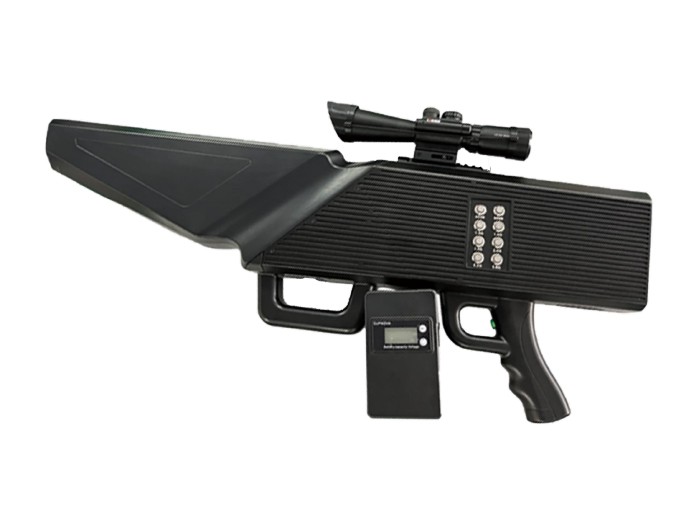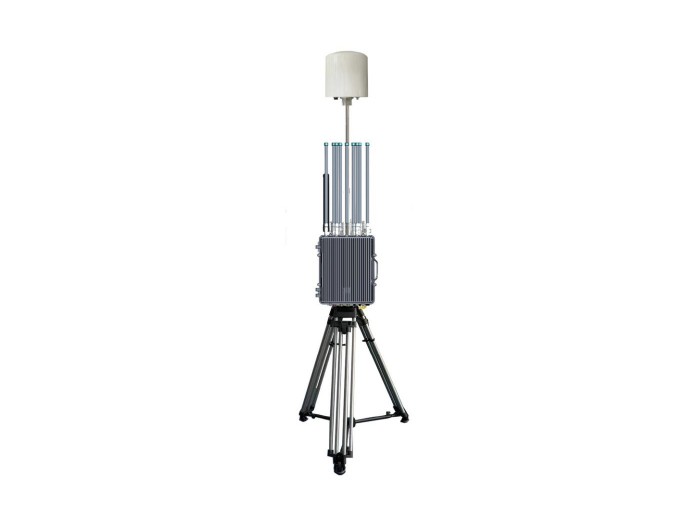Military Drones: Driving Innovation in Warfare
In an increasingly complex world, the challenges faced by military forces are ever-evolving. With the rise of asymmetric warfare and the need for rapid response to threats, traditional military strategies are becoming less effective. This has led to a growing reliance on advanced military technologies, particularly device drones, which revolutionize aerial reconnaissance, combat operations, and logistics. The ability to deploy unmanned aircraft systems (UAS) that can gather intelligence, conduct targeted strikes, and deliver supplies without risking soldiers’ lives has made military drones an indispensable asset in modern warfare. This article delves into the intricacies of military drone technology, including its applications, benefits, and the latest trends redefining its use.
Understanding Military Drones
Military drones, or unmanned aerial vehicles (UAVs), are defined as aircraft operated without a human pilot onboard. These devices come in various shapes and sizes, collectively referred to as UAS. They can be remotely controlled or fly autonomously through software-controlled flight plans. According to a report from the International Institute for Strategic Studies, the global military drone market is anticipated to exceed $14 billion by 2025, reflecting a significant investment in this technology.
The primary types of military drones include:
- MALE (Medium-Altitude Long Endurance): Designed for surveillance and reconnaissance, these drones can remain airborne for extended periods.
- HALE (High-Altitude Long Endurance): Utilized for strategic reconnaissance, HALE drones can fly at higher altitudes to avoid detection.
- UCAV (Unmanned Combat Aerial Vehicles): These are armed drones capable of engaging targets with precision strike capabilities.
One prominent example of a military drone is the U.S. Air Force's MQ-9 Reaper, which can carry various payloads, including missiles and sensors, enabling diverse operational capabilities. The effectiveness of military drones lies not just in their advanced technologies but also in their adaptability to different mission profiles.
Benefits of Military Drones
The incorporation of military drones into defense strategies has transformed the way operations are conducted. Here are some key benefits:
- Enhanced Situational Awareness: Drones equipped with high-resolution cameras and surveillance technology provide real-time intelligence that helps military leaders make informed decisions. A 2023 study by the Defense Advanced Research Projects Agency (DARPA) indicated that drone surveillance reduced mission errors by 30%.
- Risk Mitigation: By utilizing drones for reconnaissance and combat missions, military personnel can reduce their exposure to danger. Drones can conduct missions in hostile environments where manned aircraft would be at a higher risk.
- Cost-effectiveness: Operating drones can be less expensive than traditional aircraft, especially considering the costs associated with training pilots and aircraft maintenance. For example, the operational cost of an MQ-9 Reaper is significantly lower compared to a manned fighter jet.
Moreover, drones facilitate logistics and supply chain operations, delivering critical supplies to remote or dangerous locations, which enhances the overall operational readiness of military units.
Applications of Military Drones
Military drones are employed in various applications across all branches of armed forces. These include:
- Intelligence, Surveillance, and Reconnaissance (ISR): Drones gather information about enemy positions and movements, providing vital data to support strategic planning.
- Target Acquisition and Strike Missions: Armed drones can engage and neutralize threats with minimal collateral damage, thanks to precision targeting capabilities.
- Logistical Support: Drones are increasingly being used to transport supplies, equipment, and medical aid, even to combat zones, ensuring continuous support to troops in the field.

A notable case is the use of the Gorgon Stare surveillance system, employed by the U.S. Air Force, which enables wide-area surveillance, providing commanders with comprehensive situational awareness, thus enhancing mission success rates.
Trends in Military Drone Technology
As technology continues to advance, military drones are evolving in capabilities and applications. Key trends in military drone technology include:
- Increased Autonomy: Developments in artificial intelligence (AI) are paving the way for drones that can make decisions independently, reducing the need for operator intervention and increasing efficiency.
- Swarming Technology: The integration of multiple drones working collaboratively presents new tactical advantages, enabling diverse operational missions that traditional single-drone deployments cannot achieve.
- Cybersecurity Focus: With the rise in reliance on drones, securing control systems against cyber threats is becoming a priority, ensuring operational integrity and safety.
Statistical forecasts by the U.S. Department of Defense suggest that by 2030, fully autonomous military drones may dominate air operations, revolutionizing combat tactics and strategies further.
Recommendations for the Future
- Invest in training programs to ensure personnel are competent in operating and maintaining advanced drone systems.
- Focus on cybersecurity measures to protect drone systems from potential threats and ensure mission integrity.
- Explore partnerships with technology firms specializing in drone and AI advancements to stay ahead of emerging trends.
- Evaluate existing drone capabilities regularly to adapt to new threats and changing operational demands.
- Contact us for professional consultation on integrating cutting-edge drone technology into your operations.
Conclusion
In summary, military drones are redefining warfare with their unique capabilities, enhancing operational efficiency while safeguarding military personnel. The trends in military drone technology highlight the growing importance of UAS in modern combat and intelligence gathering. As a leader in drone technology, we are committed to providing innovative solutions that meet defense needs. Visit our website now for more information on our comprehensive military drone solutions and how they can enhance your operational capabilities.

















